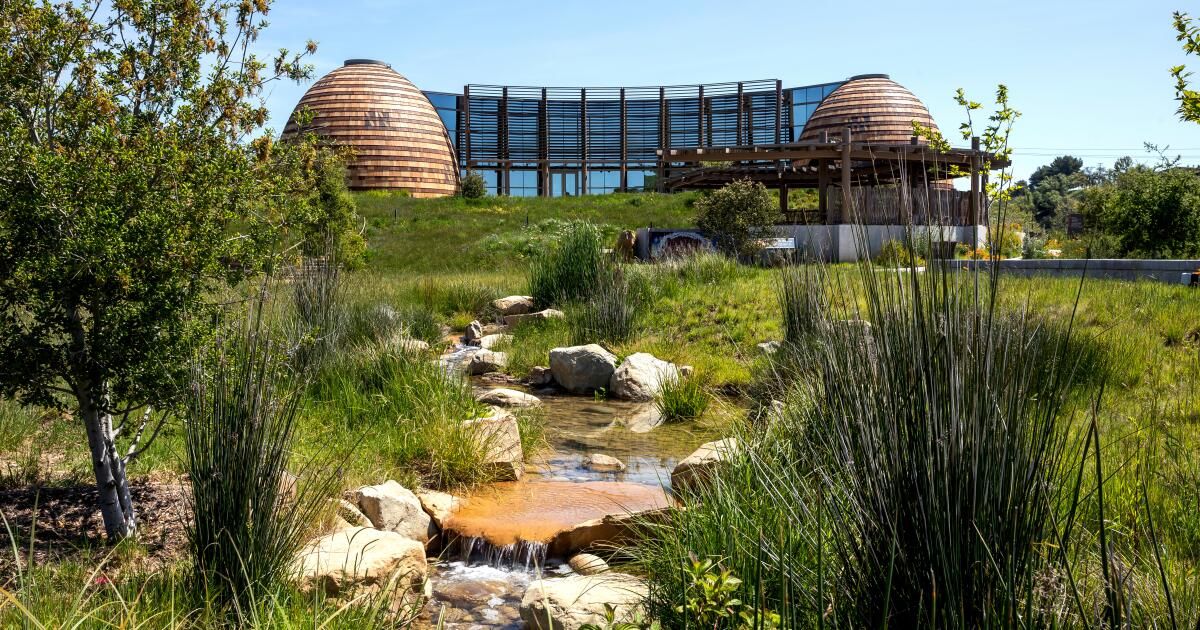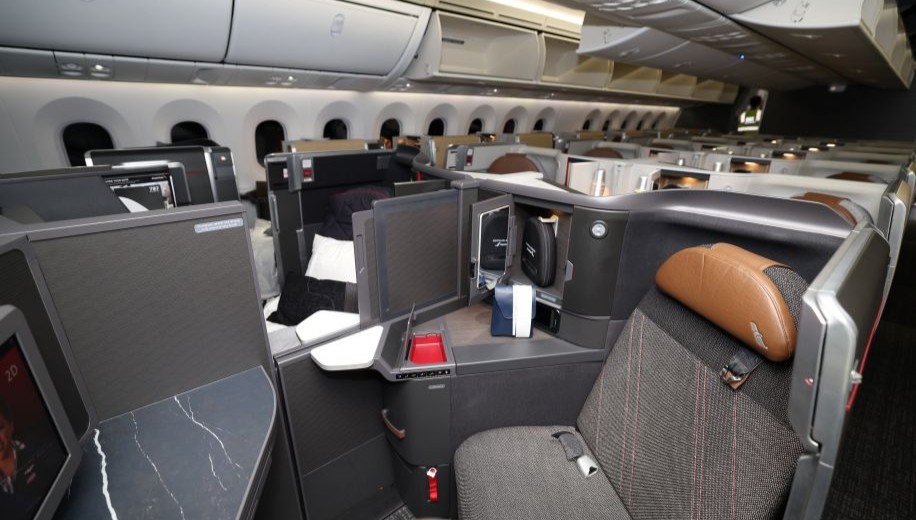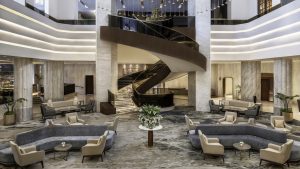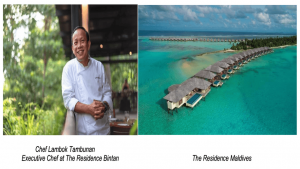For thousands of years, the Chumash people lived along the central coast of California and its channel islands. Then the newcomers arrived: Spanish explorers, Catholic missionaries, Mexican ranchers, California settlers, and Chumash's way of life was dismantled, its enslaved people and their traditions, culture and prohibited language.
Therefore, it is not surprising that the main message in the new Museum and Cultural Center of Santa Ynez Chumash is as moving as challenging: “We are the first people. And we are still here.”
The Nursing Board of the Indians of the Indians of Santa Ynez commissioned the sculptor of New Mexico, George Rivera, to create this bronze sculpture that arrested him, “keeping our culture alive”, to stand near the entrance to the museum.
(Patrick W. Price)
The museum, which was inaugurated in May, is located on the 246 highway and Edison Street in small Santa Ynez, just on the other side of the road from Chumash Casino Resort operated by the Chumash Band of Chumash Santa Ynez. But where the resort is a Sleek, Modern High-Rise, The Low-Lying Museum and Lushly Landscaped Grounds Are Dedicated To The Past, Showcasing The Stories, Craftsmanship and Even The Plants of the Chumash, Whose Bands Raged Along The Coast from Malub Malubu to Morro Bay and As Far Inland as the San Joaquin Valley, Said Nakia Zavalla, The Tribal Historic Preservation Office and Cultural Director of the Santa Ynez Band.
While the approach is in the past, however, the museum's narration is high technology, with many interactive screens that are activated with only the wave of one hand. The tribe does not allow photos within the museum, and the few photos provided for publication really do not do justice to the exhibitions, so believe me when I say that the exhibitions are much more attractive than only artifact shelves and it is worth visiting for adults and children.
From the great parking lot, the road to the entrance is wind along a recirculation current made by the man with mounds of cutting -green cutting deer (Muhlenbergia Rigens), WILLOW OF NEAR ARENA (Salix meager) and a variety of reeds like the hurried of the basket (Juncus textilis), Used to make the intricate baskets of the tribe. The 3.5 acres land, as well as the museum itself, were designed by Jones & Jones Architects of Seattle, which also designed the Smithsonian National Museum of the American Indian in Washington, DC
The main entrance is visually impressive, bringing visitors within an “AP” larger than life (pronounced AHP), An imposing representation of the traditional chumash housing made of sauce branches and dry leaves of tule plants, such as bullrush hardstem (Schoenoplectus acutus), which also grows on the grounds. The museum's entrance is like a giant dome with a large round clamping at the top. The large inclined walls have bird projections that take flight and sparks that rise from the false fire in the center of the room, along with detailed illustrations that recognize Chumash bands of the region.
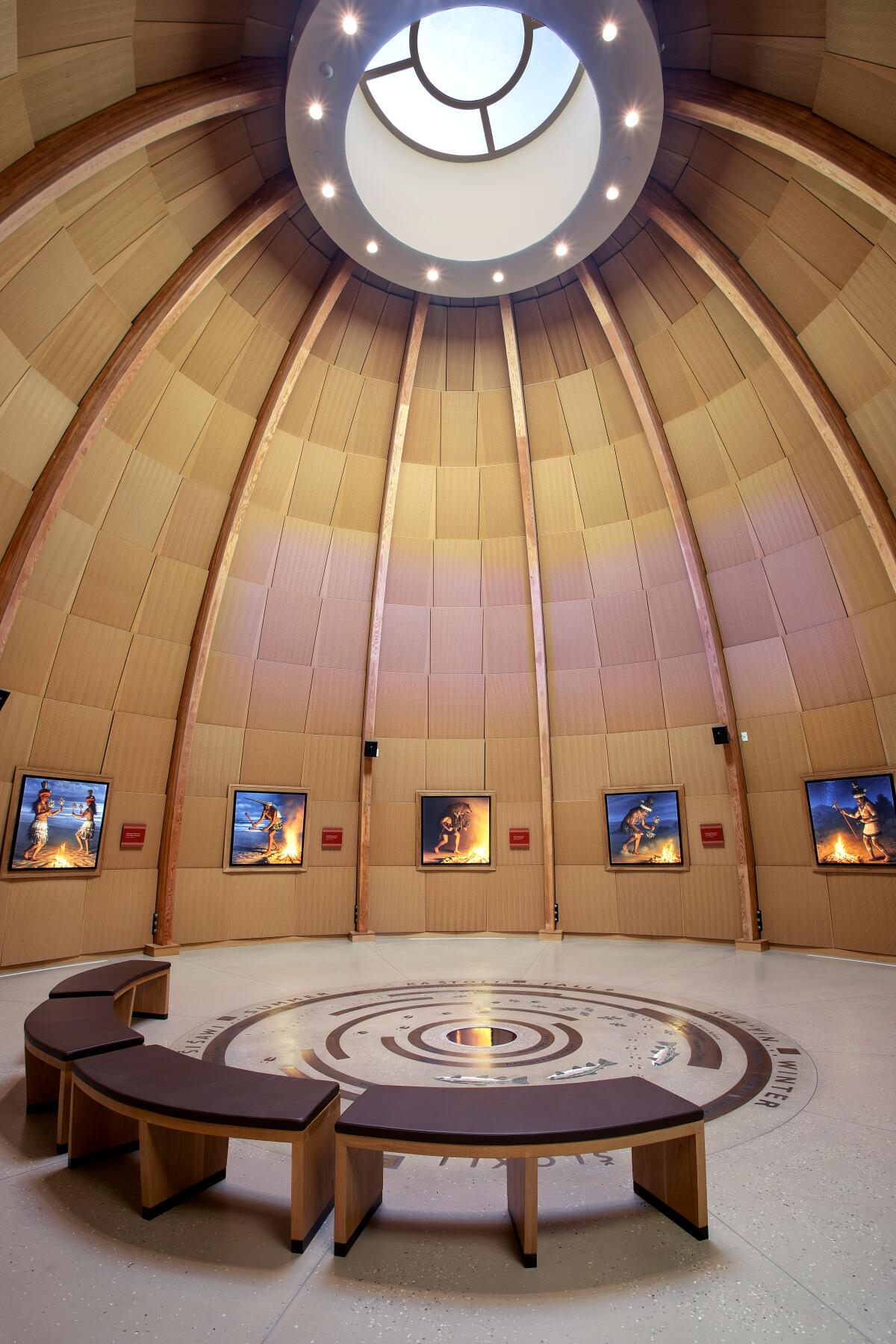
The wide curved walls and the round “giant” AP “in the form of the dome create a distinctive and dramatic entrance to the Santa Ynez Chumash Museum and Center Center.
(Patrick W. Price)
Inside, the exhibitions are organized in a winding flow (only the blue line) that introduces visitors of a great and attractive range of interactive exhibitions and stories, many of which were provided by the Elder Maria del Refugio Solar, the “Fifth Bisabuela de Zavalla” and one of the last native speakers of Chumash Samala's language. Some tribal members are trying to resurrect Samala through classes and “simply gather and talk to each other,” said Zavalla. “So many doors opened to understand our culture, our medicinal plants and ceremonies.”
Solares died in 1923 at the age of 81, but left recordings of Chumash song wax cylinders, stories and translations with the American linguist ethnologist and native language John Peabody Harrington. The incorporation of Songs and Stories of Solars makes exhibitions come alive.
For example, near the beginning of the permanent exhibition there is a room similar to a cave that explains the Chumash understanding of the universe, which is divided into three levels. The upper world is inhabited by people from the heavenly sky, such as Sun and Sky Coyote, whose pawn game games affected the seasons for everything, from the acorn harvest to the hunting game. The dark and mysterious lower world is dominated by two giant rattlesnakes whose twisted make the land in the middle world, our world, stir.
The phases of the moon? Those are caused along the way Slow, The eagle of heaven stretches its wings. Thunder? The result of two brothers in the upper world playing a noisy game.
Nearby, a bedroom presents a preserved California condor known as AC8, the last woman in the nature that was taken in captivity in 1986 to be part of a reproduction program to rebuild the critical population of the largest terrestrial bird in North America. In the exhibition, you must look up to see it, preserved as in flight, its huge wings extended, while a miniature representation of the local hills is shown below with a small sliding shadow of a condor in flight.
Later there are hunting outfits made of heads and deer skins, examples of traditional chumash games and playgrounds and stuffed animals for children who literally, dead, tender rabbits, carefully preserved. There are exquisite medallions and hair ornaments made of iridescent abalon shells and Chumash currency ropes: small mass -shaped accounts created from carefully cut olivella shells.
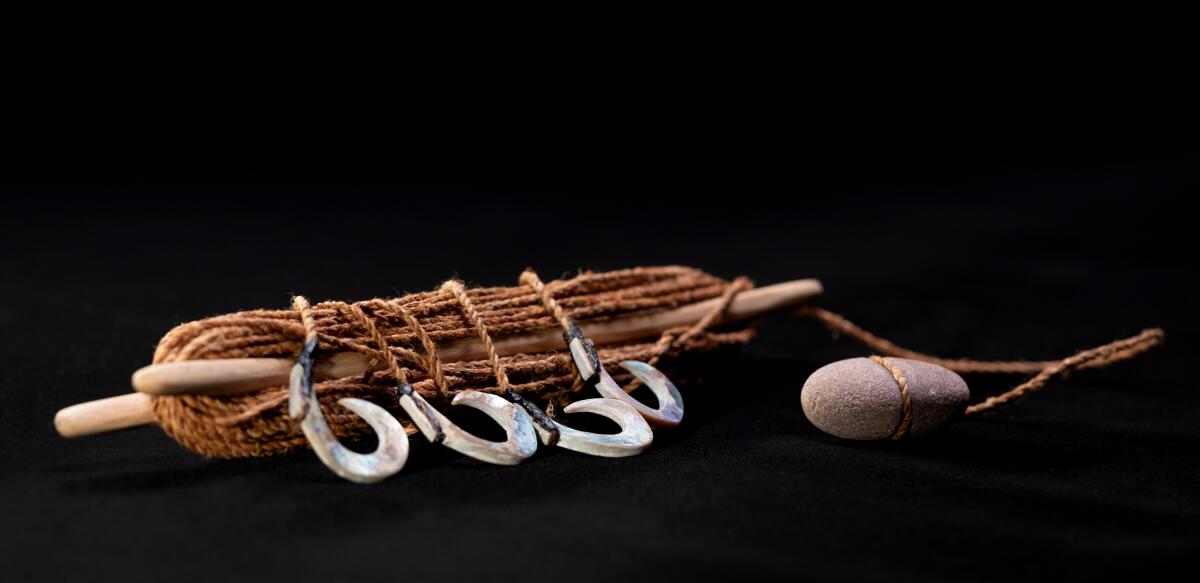
A spiral line with large silver hooks, united to a smooth rock and the size of the palm was used once to fish and now it is part of the exhibition in the Santa Ynez Museum Chumash and the Cultural Center.
(From the Museum and Cultural Center of Santa Ynez Chumash)
And, of course, there are multiple examples of Chumash basket fabric, from the tight vessels used to contain food and even water to carriers designed to bring babies safely. The museum also includes a more recent story, such as the surprising news that running water was not available in the reserve until 1969.
Outside, in the 3.5 Acres Cultural Park, you can follow a winding path through the forest of the ancestor-young coast live ork trees, each with a score in honor of a deceased old tribal, to see the long canoe of red boards known as tomol to its ascendants that are made between the islands and the channel. The park also has another recirculation current and 100 species of native plants that would have provided food, shelters and habitat in the region before the explorers and settlers arrived.
The landscape constantly changes, said Megan Carey, collections and archive manager of the museum. “One of my favorite things about the Cultural Park is that you see something different, something blooming, every week.”
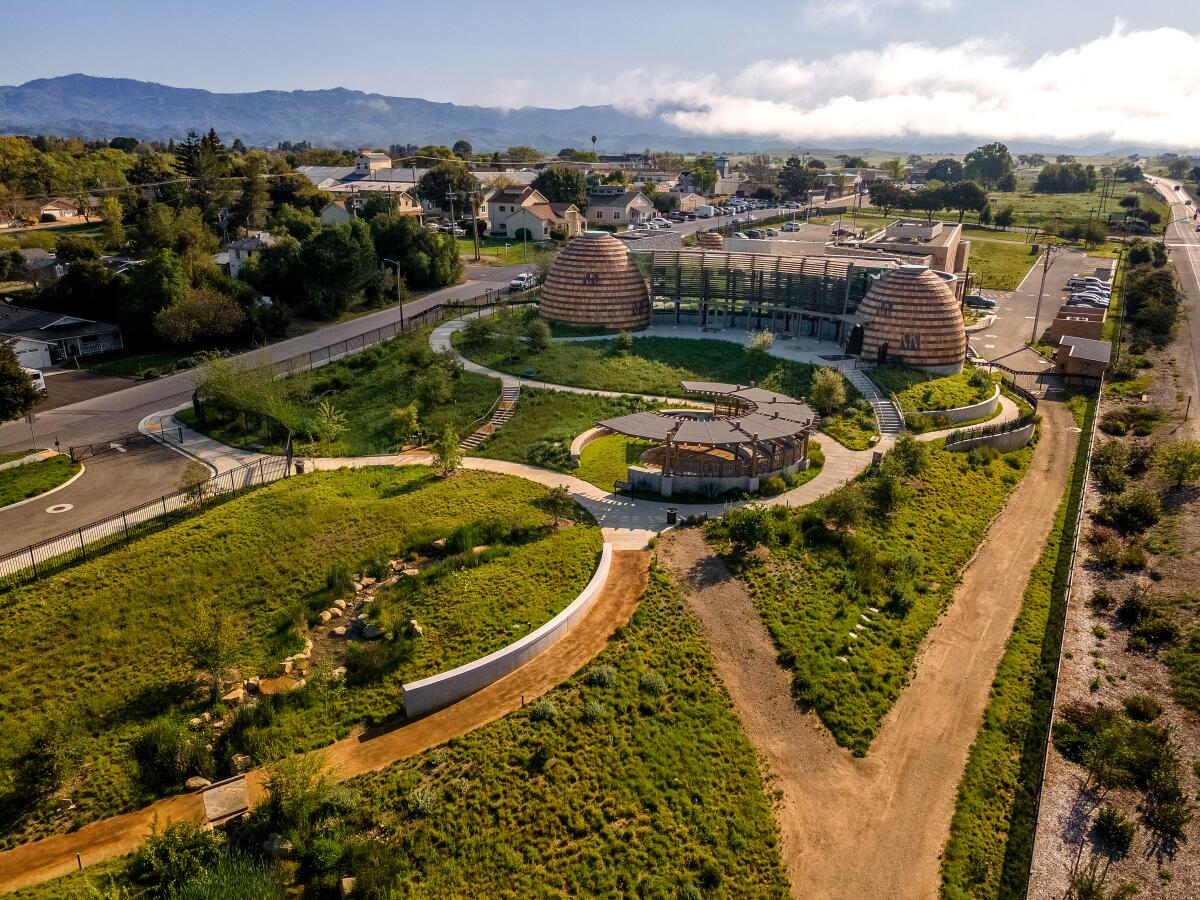
A view of the condor of the extensive Museum and Cultural Center of Santa Ynez Chumash, with its 3.5 acres of roads through 100 species of hyperlocal native plants.
(From the Museum and Cultural Center of Santa Ynez Chumash)

